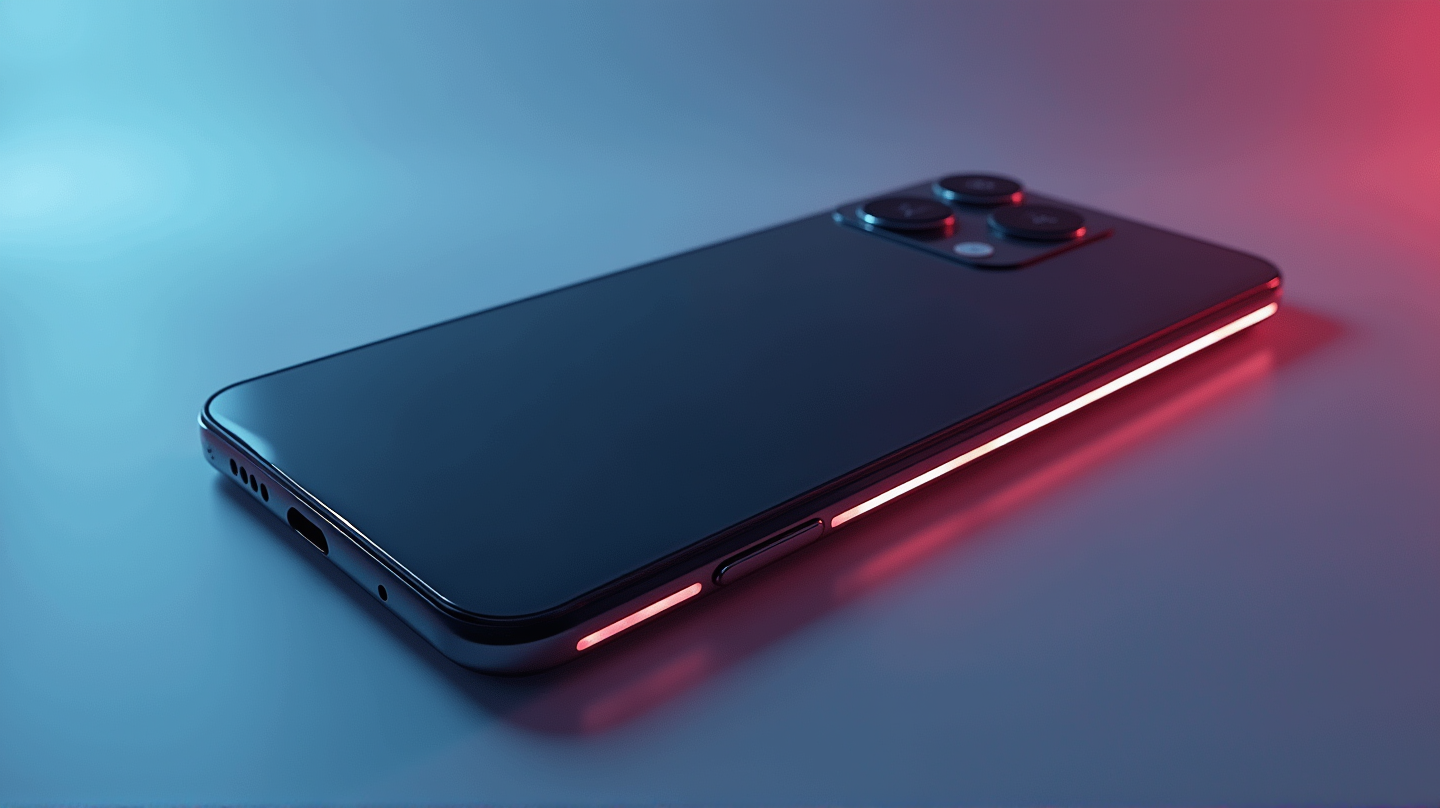In an unexpected turn, it seems Samsung might be ready to pull the plug on its ambitious Galaxy S26 Edge model. The whispers across the tech world indicate a subtle but potentially impactful shift, one that may see the slim and sleek devices relegated to history. According to T3, sales numbers could be the catalyst for this surprising move.
The Rise and Fall of a Slim Phone Pioneer
The Samsung Galaxy S25 Edge soared to fame, placing itself at the forefront of the slim phone revolution. It was a device that not only inspired Android users but also prompted innovation in Apple’s realm with the iPhone Air. However, repeat success in the tech industry often requires more than mere aesthetic innovation—it demands significant sales performance.
Reports from industry insiders announced Samsung’s strategic pause on the Galaxy S26 Edge, potentially discontinuing the model. As much as it surprised Android enthusiasts, it seemed to follow a familiar pattern—when sales fall short of expectations, strategic retrenchment can swiftly follow.
Declining Sales and Strategic Revisions
The reason behind this potential discontinuation seems to rest with the disappointing sales of the S25 Edge. Not unlike the tepid reception faced by the iPhone Air, slim smartphones have struggled to dominate a market increasingly demanding more utility and less form-over-function.
Samsung, as the reports suggest, may pivot away from the Edge’s slim design, focusing instead on other flagship models, such as the highly anticipated Galaxy S26+. This strategic shift might signal a reinvestment in performance-focused devices with versatile functionality over form-factor aesthetics.
A Temporary Goodbye or Tactical Diversification?
The tech giant’s decision to abandon the Galaxy S26 Edge might not be entirely permanent. The brand’s historical pattern of reviving interest with bi-annual releases—evidenced in their smartwatch line—leaves room for optimism among fans of the bezel-less beauty.
In the competitive landscape of technology, where the newest model is only as good as its market impact, companies must often delve into tactical diversity. This methodology helps distribute R&D expenditure smartly while gauging market trends without committing solely to one style.
Connection with Apple and Industry Implications
The Galaxy S25 Edge’s initial promise placed it among slim phone legends. Still, with the prospect of its successor being sidelined, both Samsung and competitors like Apple may need to rethink their smartphone playbooks. This ongoing narrative of slim phones as mere niche players rather than mainstream giants calls for a deeper consideration of user desires—centering on battery life, computing power, and multimedia capabilities.
As we step further into the future of smartphone technology, the fate of devices like the Galaxy Edge serves as a lens to examine broader market dynamics and consumer priorities. Are sleek designs destined to become relics or can technology evolve to cater to both beauty and brains in one stylish package?
Whichever path Samsung chooses, this potential discontinuation marks a crucial moment for the ongoing evolution of smartphone innovation. How it handles the transition could set the tone for tech releases in the coming years.
